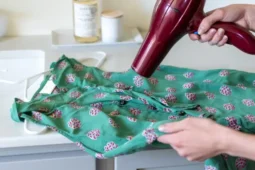Why You Should Always Store Your Cutting Boards Vertically
Cutting boards are essential kitchen tools, but how you store them can greatly impact their longevity and hygiene. While stacking them flat might seem convenient, storing your cutting boards vertically is the smarter choice. Here’s why this simple change can improve your kitchen space, protect your boards, and even enhance your food safety.
1. Better Airflow Prevents Bacteria Growth
Storing cutting boards vertically allows air to circulate more freely around each board. This improved airflow helps the boards dry faster, reducing the risk of trapped moisture, which can lead to mold, mildew, or bacteria buildup.
When cutting boards are stacked flat, moisture can become trapped between them, creating a damp environment where germs thrive. By placing them vertically, you minimize this risk and keep your boards cleaner with less effort.
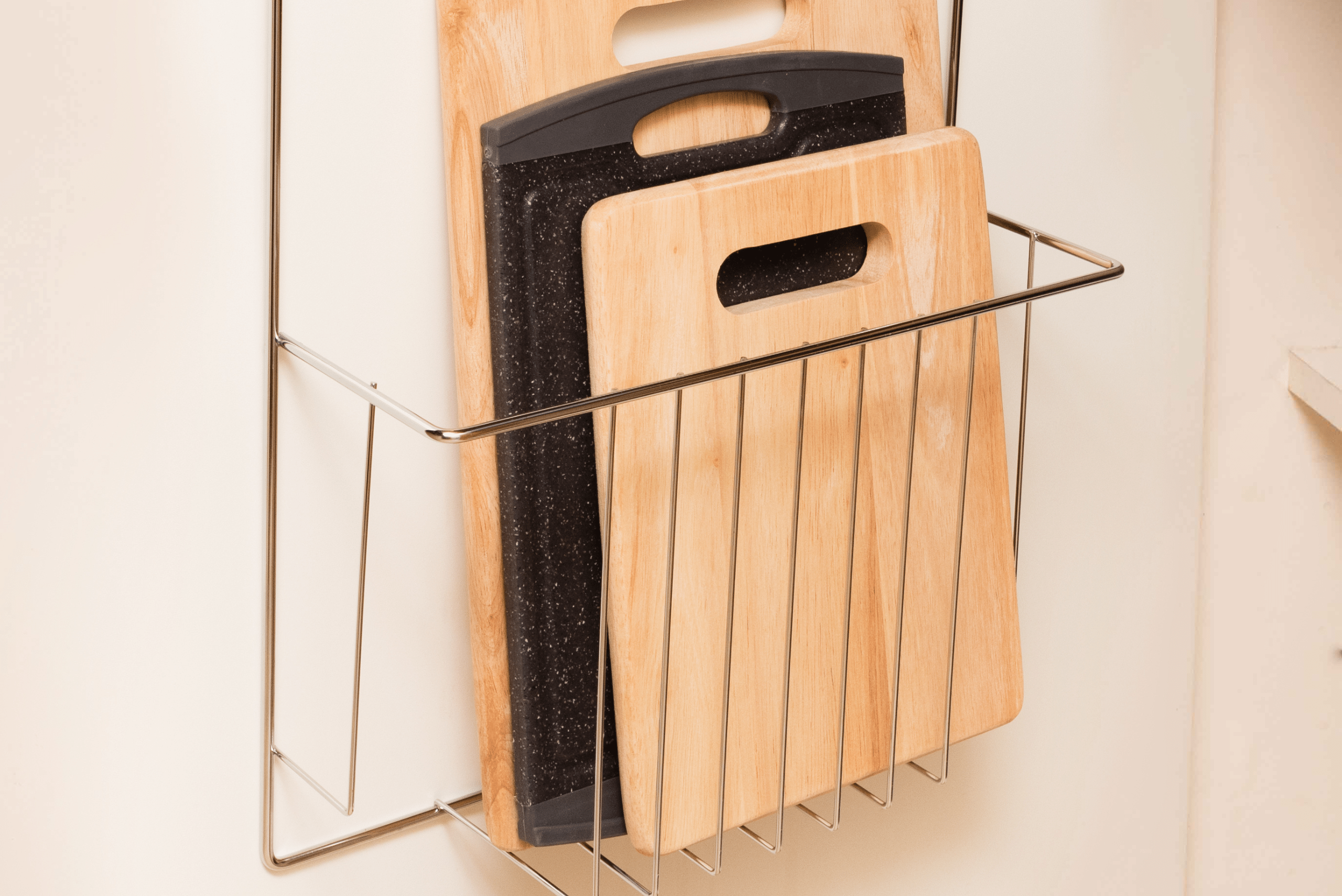
2. Reduces Warping and Cracking
Wooden and bamboo cutting boards are especially prone to warping when stored improperly. When stacked flat, excess moisture can pool in certain areas, causing uneven drying and warping over time. Vertical storage encourages uniform drying, helping your boards maintain their shape longer.
Additionally, vertical storage prevents unnecessary pressure from stacking, which can cause hairline cracks or weaken the board’s structure over time.
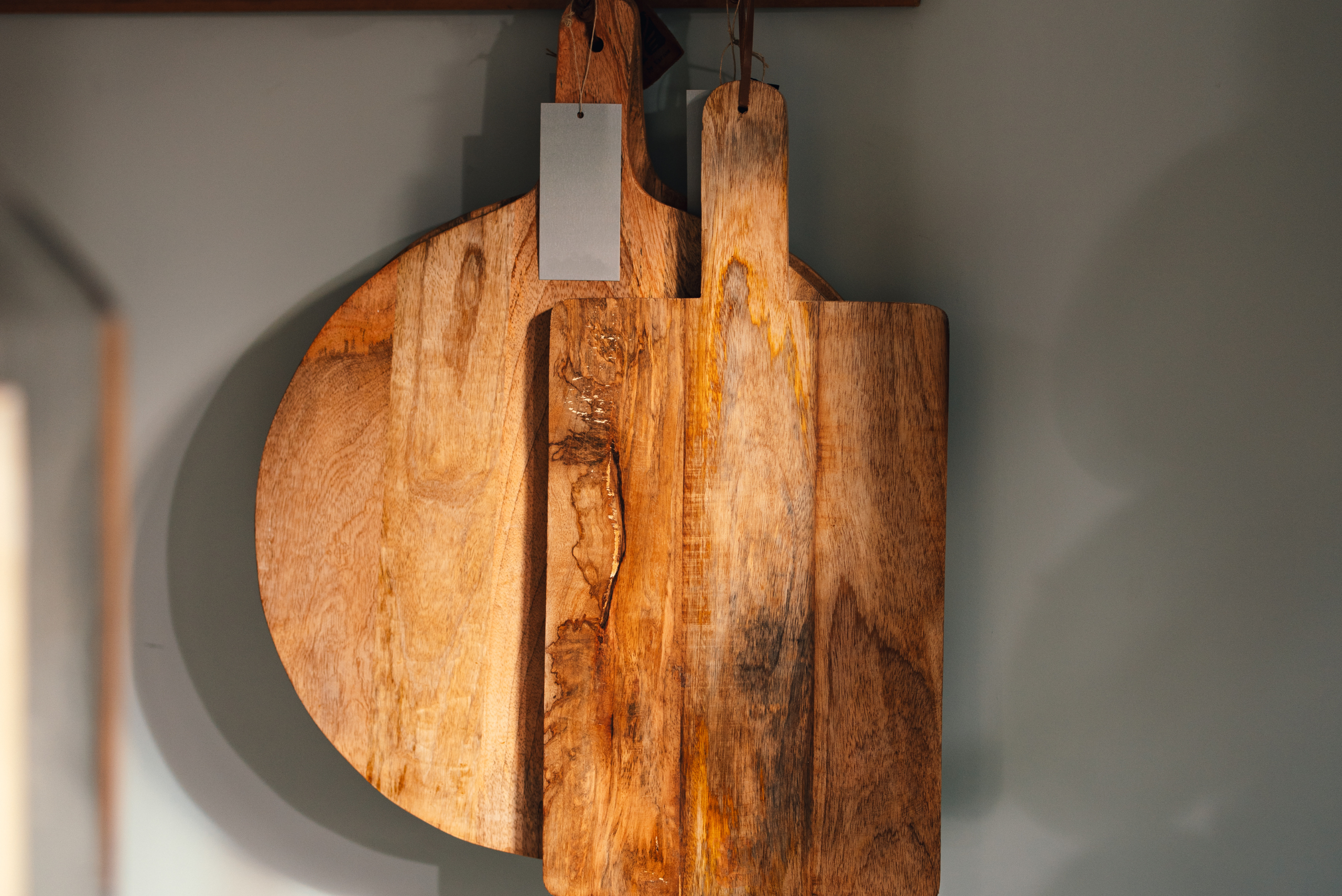
3. Saves Space and Keeps Your Kitchen Organized
Storing your cutting boards upright is a major space-saver. Instead of piling boards in a cluttered stack, placing them vertically in a designated rack or slot allows for easier access and a tidier kitchen setup.
Vertical storage also makes it easier to grab the right size or material for your cooking task, without shuffling through a stack of boards each time you cook.
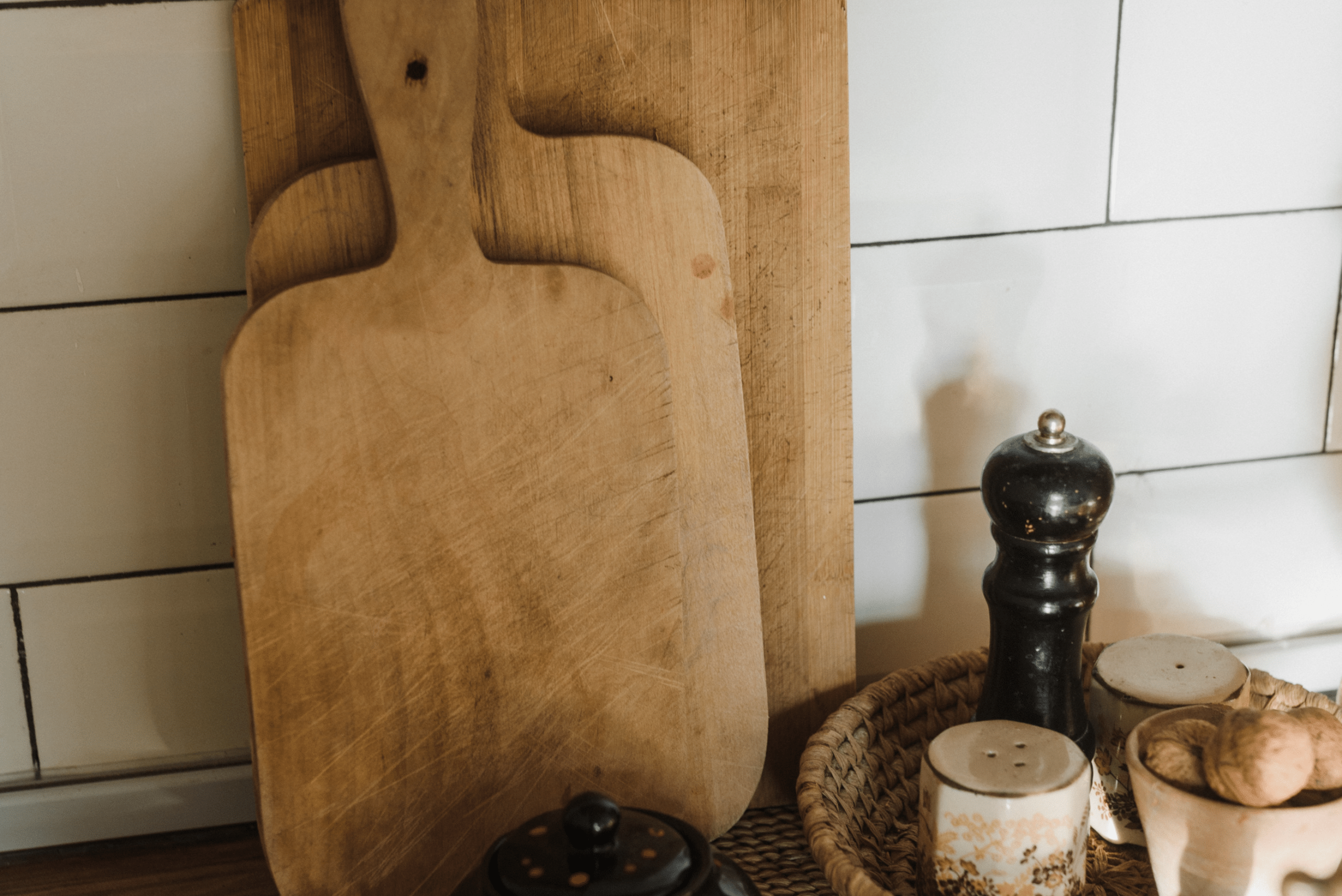
4. Helps Prevent Cross-Contamination
When stacked flat, cutting boards may transfer food particles or residue to one another, increasing the risk of cross-contamination. Storing them vertically ensures each board has its own space, reducing the chances of raw meat juices or other contaminants spreading from one surface to another.
For added safety, consider storing separate cutting boards for meat, vegetables, and bread in different slots to maintain proper food hygiene.
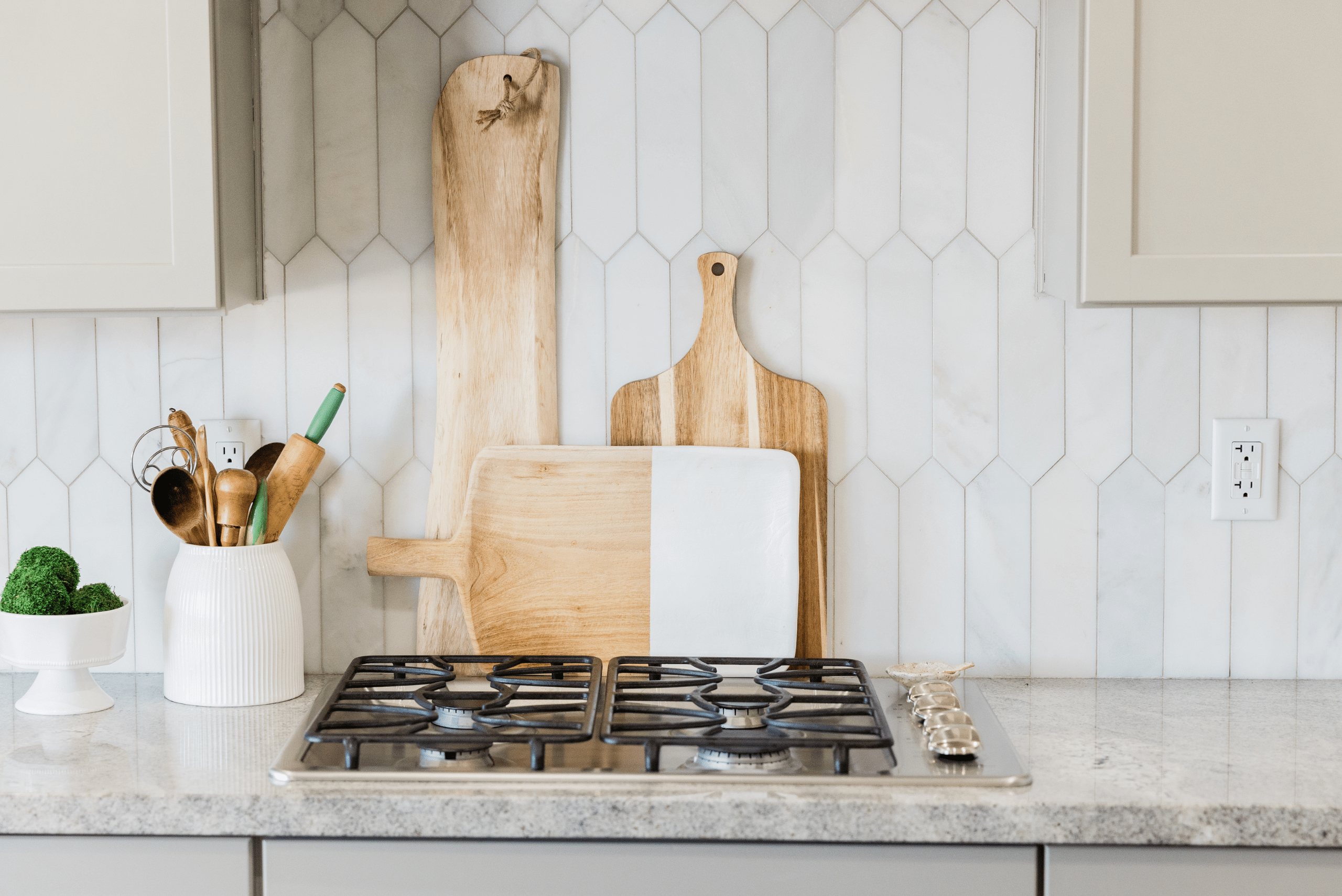
5. Extends the Lifespan of Your Cutting Boards
By promoting better airflow, reducing warping risks, and preventing cross-contamination, vertical storage naturally extends the life of your cutting boards. Keeping them in top condition means fewer replacements and better long-term value.
For an even longer lifespan, be sure to oil wooden boards regularly and clean all cutting boards with warm soapy water after each use.
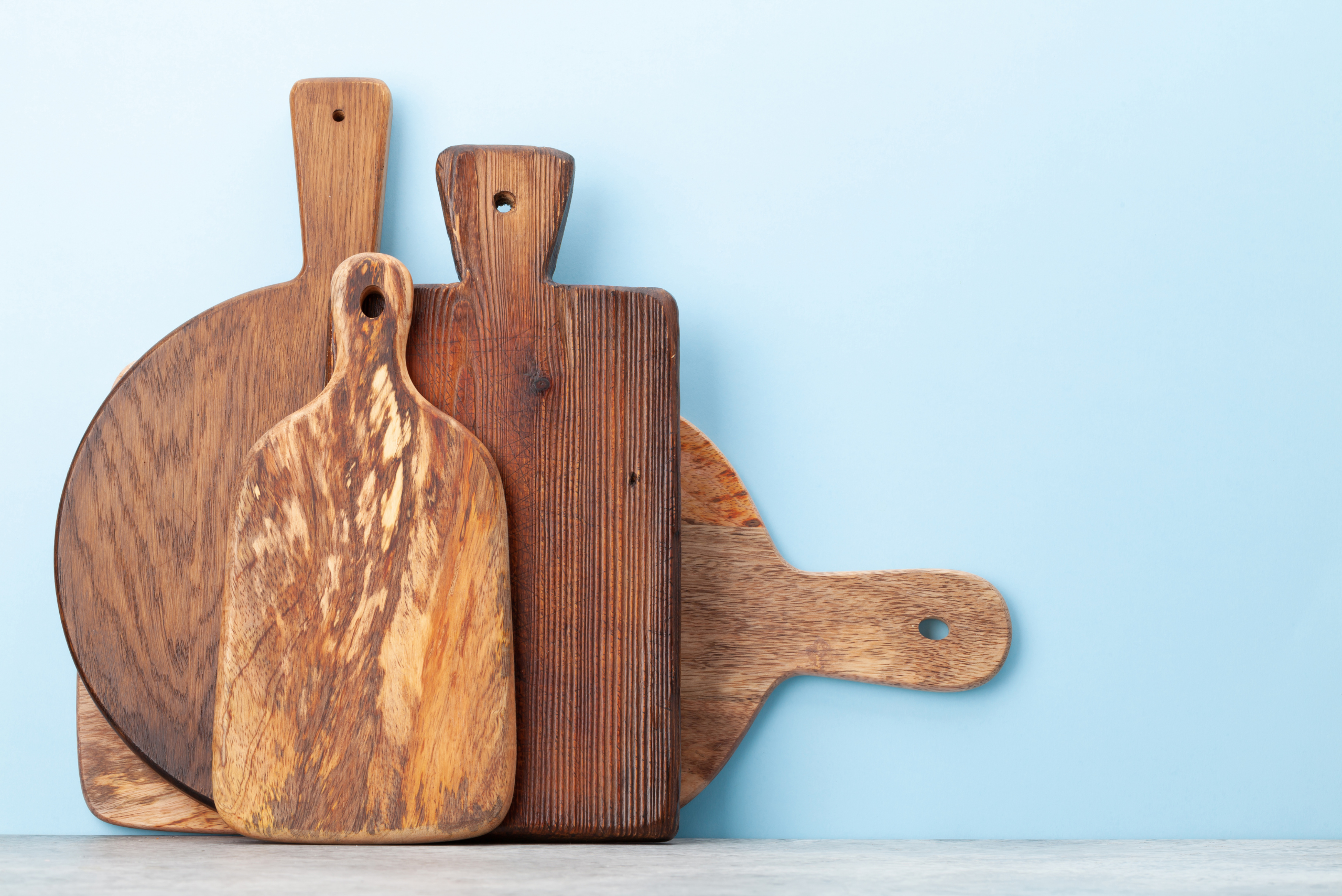
Related Articles
- Spice Up Your DIY Skills by Crafting the Ultimate DIY Spice Rack for Your Kitchen
- Why Your Kitchen Sponge Might Be Making Your Dishes Dirtier
- 5 Cooking and Food Prep Hacks to Simplify Your Time in the Kitchen
Storing your cutting boards vertically may seem like a small change, but it’s one that makes a big difference. From better hygiene to improved durability and kitchen organization, this simple switch can save you time, effort, and money. Make the move to vertical storage, and your cutting boards will thank you for it.






